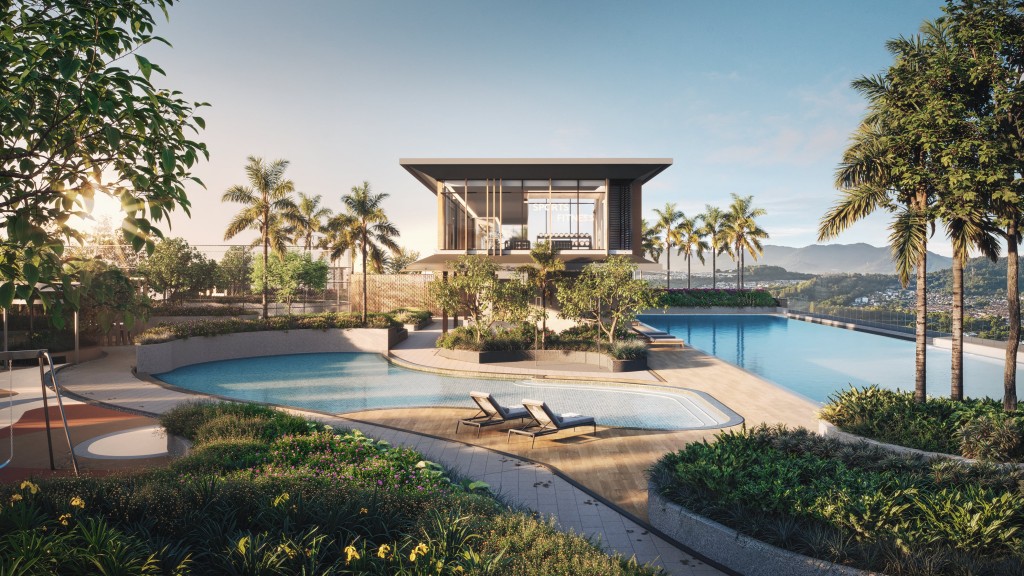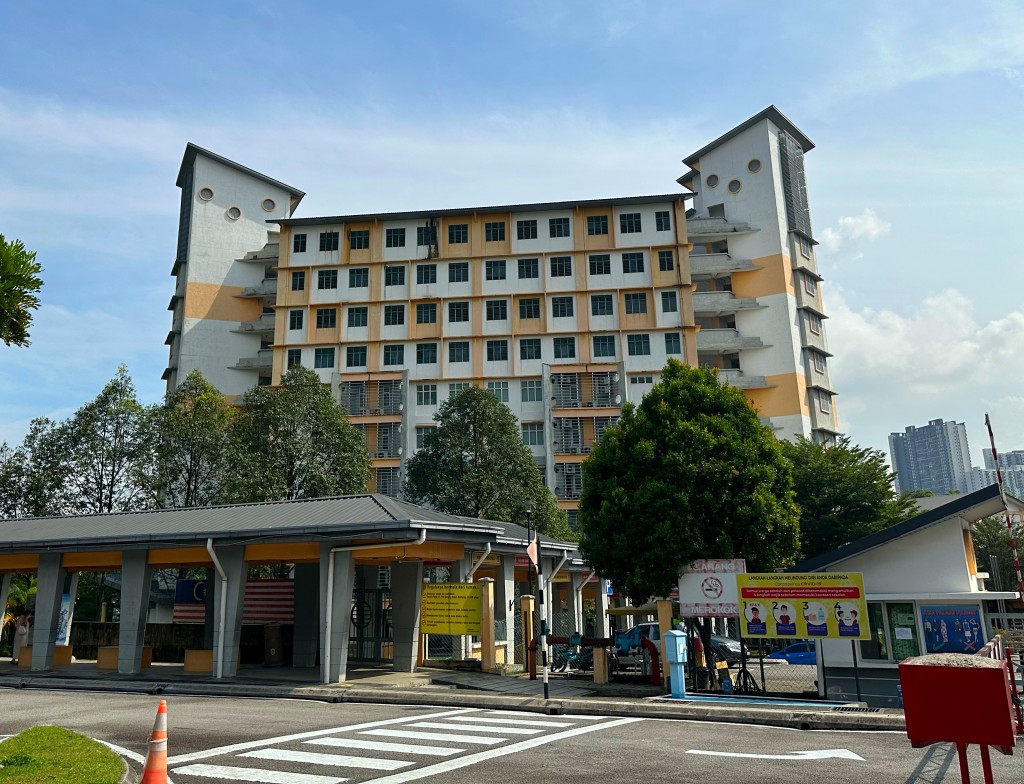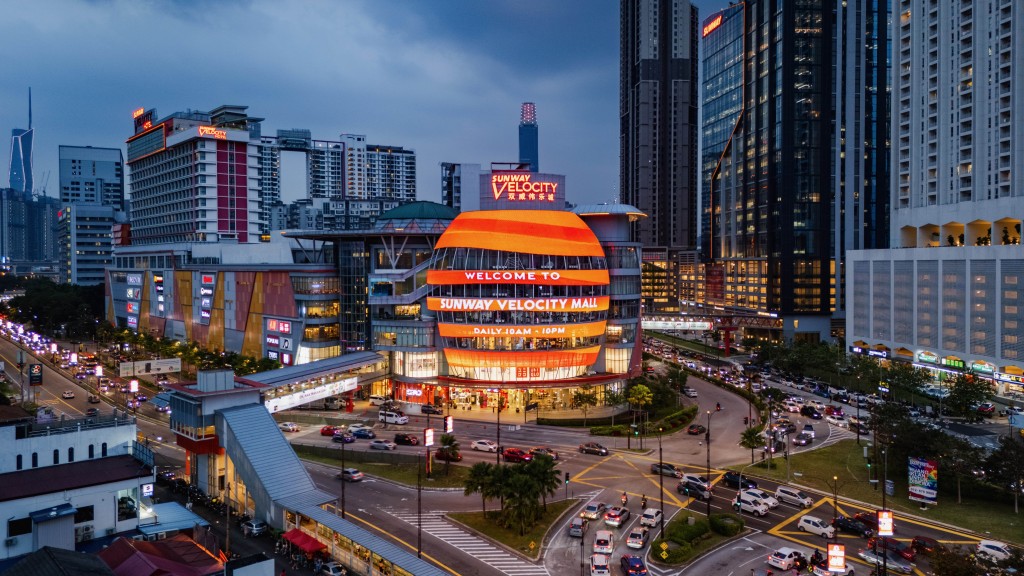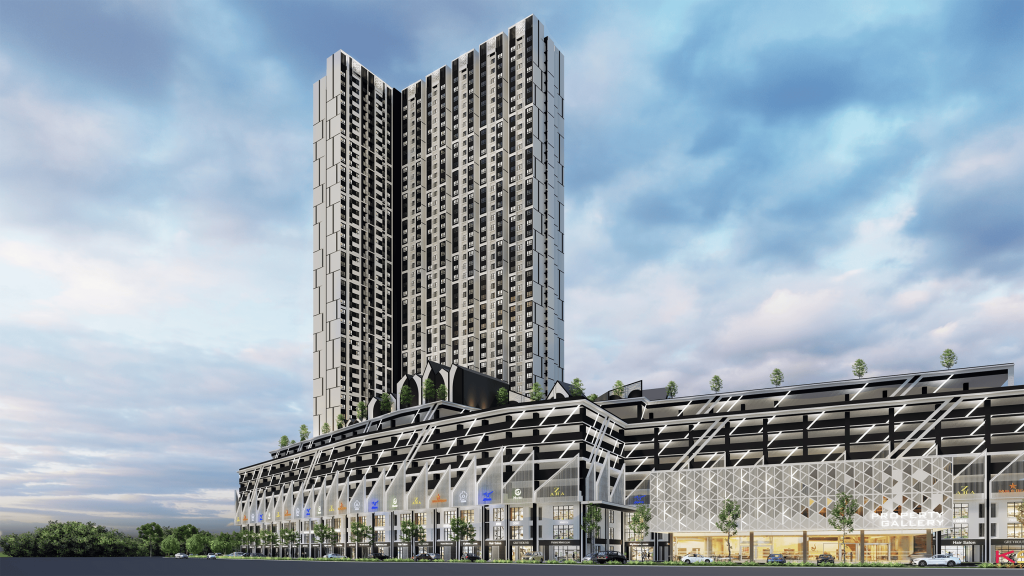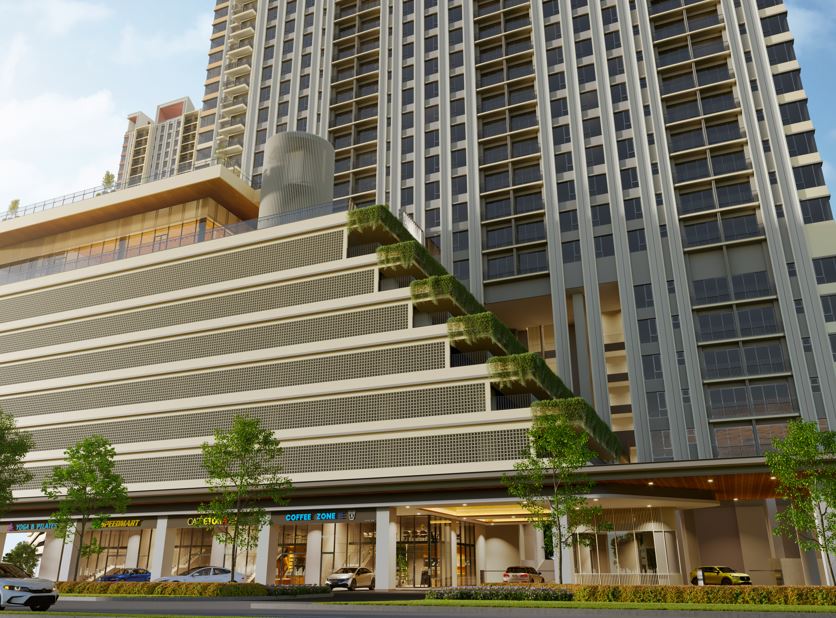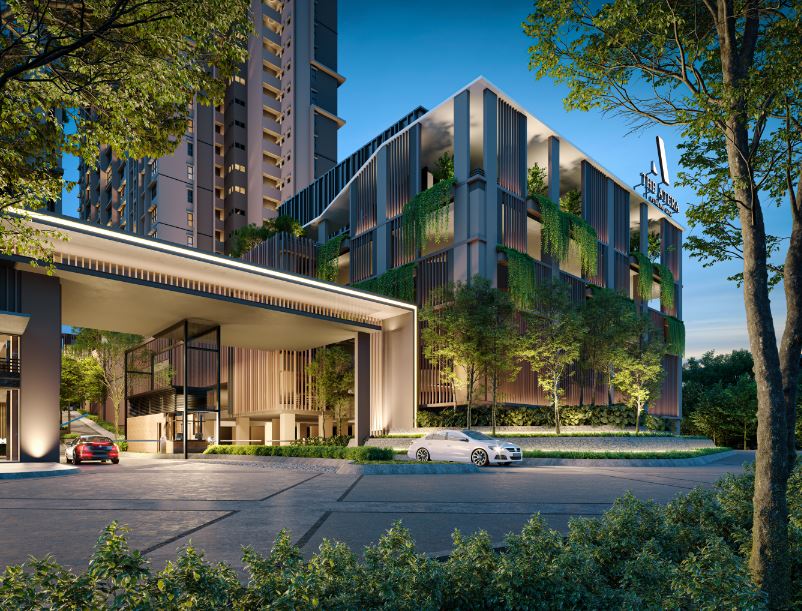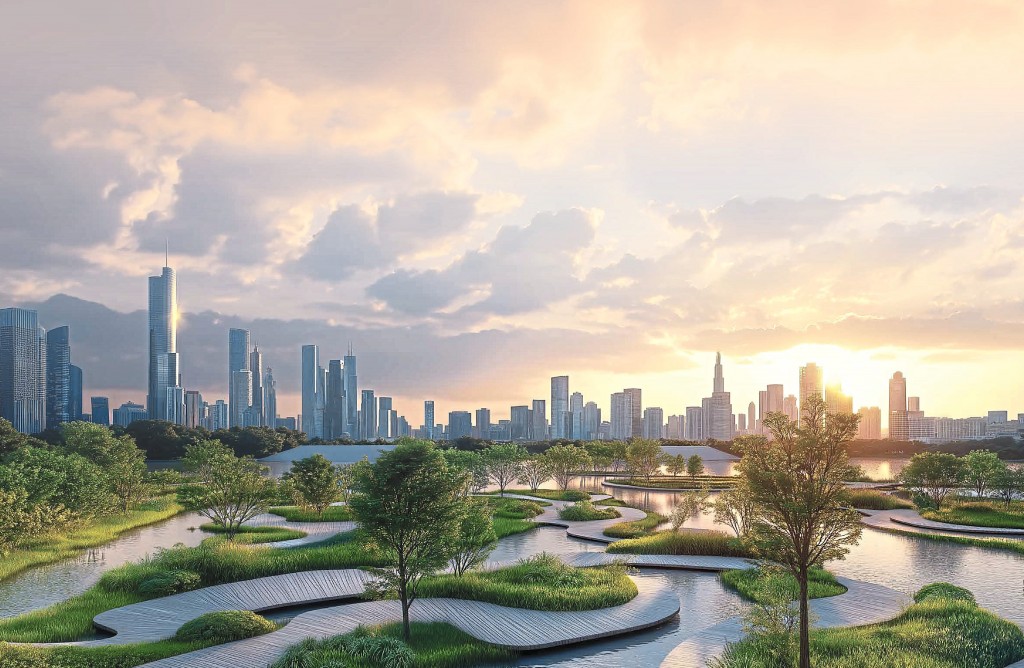By Tharmini Kenas, Aisyah Suwardi, Ng Pau Ling and Hakim Hassan
Bringing the general public closer to affordable housing
THE Housing and Local Government Ministry (KPKT) recently announced its intention to submit a proposal to streamline the affordable housing projects in Malaysia under one programme to increase the reach and efficiency of the projects.
While the mushrooming of public housing schemes is a good sign as far as the issue of affordable housing is concerned, it has created a confusing situation in which prospective buyers are facing a paradox of choice.
“The issue with affordable housing in Malaysia is the lack of a mechanism to sell the homes.
Affordable housing projects are all over the place, and they are under different schemes,” said Malaysian Institute of Estate Agents (MIEA) president-elect Sr Lim Boon Ping.
“It is hard to determine, even for real estate practitioners like me, what are the available units or options in a locality. Many people are lost about how and where to go to apply for affordable housing.”
The current scenario
The fourth quarter (Q4) of 2017 saw the Malaysian House Price Index increasing by 5.8%. During Q3, Malaysia's average house price was RM404,835.
Kuala Lumpur was deemed the most expensive area in Malaysia with its average price of RM785,327 while Kelantan was the least expensive with its average price of RM164,300.
Under the Median Multiple (MM) approach developed by the United Nations Centre for Human Settlement and the World Bank under the Housing Indicators Programme in 1988, housing is considered affordable if median house prices are less than three times the annual median household income.
In 2016, the Malaysian monthly median household income was RM5,228 while the actual median house price was RM313,000. Based on the MM approach, the estimated maximum price of an affordable home should be RM188,208.
Therefore, a median multiple of 5.0 makes affordable housing in Malaysia seriously unaffordable.
Reasons for unaffordable housing
According to the BNM Quarterly Bulletin (Q4) 2017, three major factors that caused the unaffordable housing scenario:
Mismatch in supply and demand
- Construction has been surpassing the supply of housing in recent years. The imbalance in demand and supply worsened between 2012 and 2014 when the average supply of 85,000 new units could not meet the demand of 118,000 new households. This situation persisted from 2014 to 2016 with 154,000 new households supplied with just 114,000 new units.
Unaffordable new launches
- Since 2012, the housing market has been skewed towards high-end property and only 24% of houses built are under RM250,000. This tilted situation caused a reduction in the supply of affordable homes to the masses.
House prices and household incomes
- House prices were reported to have increased by 9.8% while the average household income of Malaysians only increased by 8.3%. This mismatch has affected the ability of the public to buy houses.
Overcoming the unaffordable issue
There are three levels of governance in Malaysia regarding public housing developments.
The federal government has the power to enact the National Housing Policy, the state government controls land use, while the zoning and building by-laws belong to the local government.
Currently, there are more than 20 federal and state government public housing agencies involved in providing affordable housing for the different market segments. Eleven of them are under the federal government while the state governments control 13 agencies.
Before the introduction of 1Malaysia People's Housing (PR1MA) in 2012, the government’s public housing policy was focused on low-cost homes meant for the lower-income group (B40) with a monthly household income of below RM2,500.
Among the public agencies providing low-cost housing are Syarikat Perumahan Negara Berhad (SPNB), Ministry of Federal Territories, and Federal Land Development Authority (Felda).
The establishment of PR1MA was to address the wide mismatch in housing affordability of the middle-income group (M40), with monthly household income ranging from RM2,500 to RM10,000.
According to PR1MA Analysis (Market Intelligence) Household Income Survey 2014, the amount of middle income households that do not own a home had increased to 1,176,535, a 13% hike from 2012 (1,043,793).
The government has since introduced several affordable housing agencies to address the needs of M40, namely Federal Territories Housing Scheme (Rumawip) launched in April 2013 and 1Malaysia Civil Servants Homes (PPA1M) launched in October 2014.
While the intention is to address the various household segments, the lack of a centralised mechanism means that the more-than-20 national and state agencies are not coordinated when it comes to application and process.
According to the Ministry of Housing and Local Government, there are seven affordable housing schemes to help citizens own their first home. The projects include SPNB, PPA1M, Rumawip and PR1MA.
The ministry’s proposal for a National Affordable Housing Council to synchronise the affordable housing projects with clearly defined terms and regulations will accelerate the reach to the masses and ensure home ownership among the B40 and M40 groups.
“We are looking at streamlining all the government housing projects into one body and rename it. We will file the Cabinet papers to coordinate the projects from all government agencies,” KPKT minister Zuraida Kamaruddin said recently.
The council is expected to coordinate the construction matters of affordable housing, create an open database on unsold affordable homes and initiate a rent-to-own scheme.
According to PR1MA data, there are 268,537 affordable houses approved by the board as of March 2018 and 138,734 units under various stages of construction.
At the recent 20th International Surveyors' Congress, the PR1MA representative confirmed that although the ministry had proposed to synchronise existing public affordable housing agencies, all the approved PR1MA projects are still on-going.
Seeking a clear policy
Stakeholders and real estate practitioners are positive about the move to group the various housing projects.
Federation of Malaysian Consumers Associations (Fomca) secretary-general Datuk Paul Selva Raj applauded the ministry’s decision to unify the schemes because it will give a positive effect on buyer sentiment.
“I think that putting all projects under one body will help the authority coordinate better and assist the public on submitting or getting the right kind of information about the schemes,” said Malaysian Institute of Estate Agents (MIEA) president-elect Sr Lim Boon Ping.
He said people were confused and unaware of available projects due to the various agencies handling the different affordable schemes.
“The ministry should ensure that the public will only have to apply or deal directly with the government body without having to go through any middleman or developer.
“This move can prevent any corruption or under-the-table dealings,” added Lim.
LBS Bina Group Bhd group managing director Tan Sri Lim Hock San urged the government to draw up a clear policy and direction for the new housing council to be more efficient.
“The plan to combine all the government housing projects could give developers a clearer direction as we continue to build projects that fall within the affordable medium range,” said Lim, adding that quality should be of importance.
Initiatives must benefit rakyat
StarProperty.my asked members of the public what they thought about the ministry planning to consolidate the existing affordable housing schemes as well as the price, design and several other issues.
Nur Farah Nisa Abd Razak, 26, expects the government to research extensively on a better system for the public that can be applied to affordable housing.
Related topic: Can you afford to buy a house?
“As different projects require different eligibility, the streamlined regulations might not be fair to everyone. I hope the ministry will look at the different projects thoroughly and come up with the best regulations that will benefit every group,” said Farah, who works in the private sector.
Paul Raj suggested that the government sets the maximum affordable housing price at RM282,000 as listed by Bank Negara Malaysia. The number was based on the Housing Cost Burden approach, where a house is considered affordable if the costs are less than 30% of monthly household income.
For Akmal Hakim, 28, government oversight is always necessary and having a unified agency is a welcome move.
“It should be done to ensure that these housing initiatives can benefit the rakyat in providing affordable housing.”
He added that with more transparency in executing these projects, the rakyat will be kept informed as to what the government is trying to achieve with affordable housing.
Lecturer Aiman Misri, 30, agreed and said it will help streamline all applications and processes especially for first-time homeowners.
“It will cut bureaucracy when dealing with complaints,” he said.
“Whatever policies developed with the new initiative, the end goal must be to drive prices down or ensure any rise wouldn't be too extreme.”
BuildSurv Consult (M) Sdn Bhd managing director Sr Mohd Zahry Rafie suggested that the government focuses on building non-transactional public housing.
He said the government should offer rental housing to provide better building maintenance for public housing and an alternative option for citizens.
Related topic: Affordable issue across the globe
“Now people have no choice but to buy. A renting option for low and middle-income earners will eventually help to reduce housing prices and promote a check-and-balance system in the industry,” said Zahry.
He pointed out that the biggest challenge faced by low-cost housing is the poor maintenance of the building.
“It is the owners’ responsibility to maintain their house. However, some of the low-cost homeowners can’t even afford to service their loans.
“If the government held the ownership and took over maintenance of the public housing, people will benefit from the better living quality,” said Zahry.
He added that non-transactional housing should be built in the city to provide a shelter for young people who are the engines of growth.
Rehda: Clear regulations needed
Rehda Institute trustee and past president Datuk Ng Seing Liong lauded the government’s decision to unify the different affordable housing agencies into a single entity.
He said the body could at the same time determine the best price for the general population.
“We feel that only this body can build affordable housing while private developers concentrate on general housing. Taxes from general housing could then be used to build affordable housing.”
He agreed that the lack of clarity in regulations for purchasing affordable housing is cumbersome.
“There must be control regarding the sale of subsidised affordable housing. The owner cannot sell without the approval of the authorities. Also, the owner must live in the house and cannot rent it out,” he said.
Ng said that state governments should work in tandem to provide housing and help the federal government because the state handles land matters.
As for developments constructed before the streamlining, he said the projects would be sold as usual.
Affordable housing defined
Affordability has often been seen as a contentious topic. The government, private developers and the public all have different definitions of affordable housing to the extent that some have given up on reaching an agreement and consider it to be an abstract and subjective concept.
According to the United Nations Human Settlements Programme, affordable housing can be defined as housing which is adequate in quality and location, not so costly and does not prevent its occupants from meeting other basic living needs.
The McKinsey Global Institute says affordable housing covers a broader spectrum and extends to housing that meets minimum standards of living such as essential amenities, floor space, sanitation, without structural building defects and is located not too far from centres of employment (about an hour away).
> StarProperty.my has sorted out three formulas in which to calculate one’s level of affordability (See page 8).














